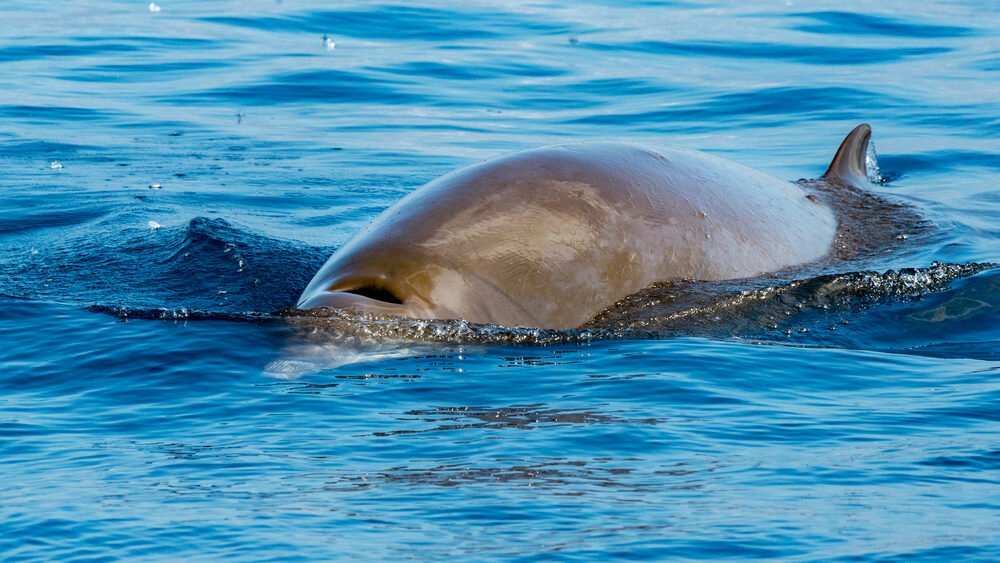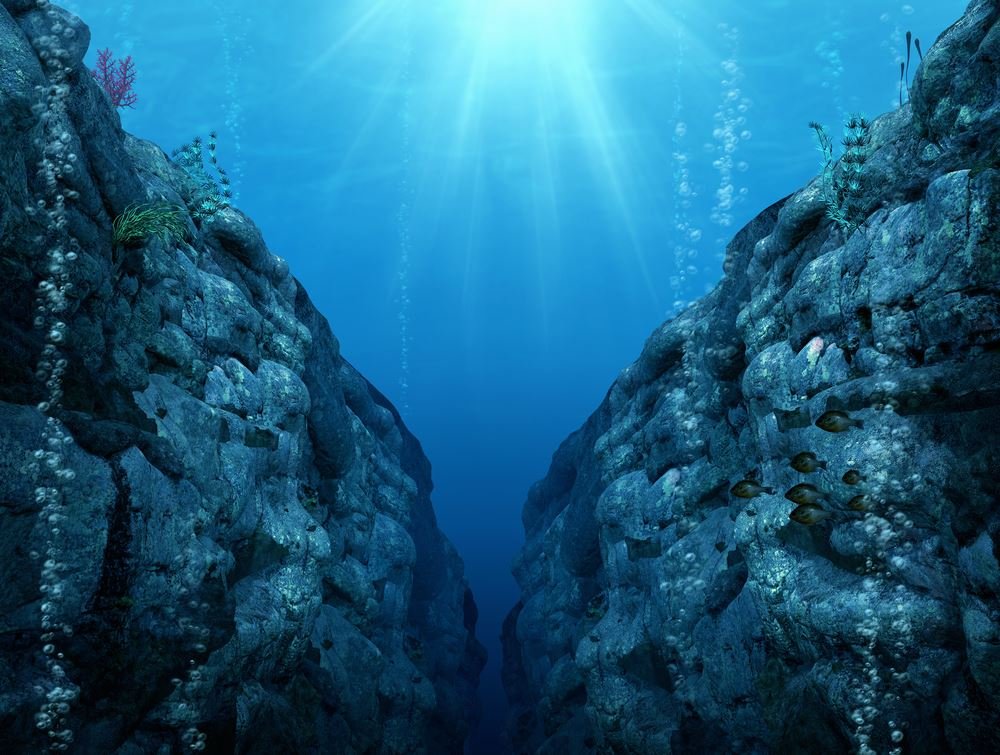How Deep Sea Fish Survive Extreme Pressure and not Get Crushed
A friend said he’d wondered for years, “how the heck does those deep sea creatures survive the extreme pressure found at the bottom of the ocean and not get crushed?”
Based on our readers’ emails, it seems that he isn’t the only one curious about this topic, so today, I’m going to tell you about this incredible feat of nature. It is possible thanks to the fantastic evolutionary adaptations these creatures have developed.
Fun fact: Did you know this? One scientist in the 1840s, Edward Forbes, claimed that no life could survive long in the depths of 600 meters and beyond. He believed that the high pressure, darkness, and low temperature would make it uninhabitable, and he was dead wrong.
How does deep sea fish survive high water pressure?

At depths of 11000 meters in the Mariana Trench, the pressure is 1100 times greater than on the ocean surface (1100 atmospheres).
To survive this intense pressure, deep-sea fish have adapted in two ways:
- Their bodies are composed of solids and fluids instead of air or gas.
- Their bodies have Trimethylamine N-Oxide, an amine oxide that prevents compression
Let’s get into the details.
Deep sea creatures consist of solids and fluids

Sea creatures living in the deep sea and surviving the high pressure are no joke. Since the ocean’s marine life has evolved in a high-pressure habitat, they have other organs and bodily interiors than land animals.
Their bodies consist of solids and fluids, and they have gills that extract oxygen from the water instead of having lungs or air chambers.
The advantage is that solids and fluids keep their same volume, as opposed to air or gas, which expands to fill the volume that contains it. So the fish exerts the same pressure as the water molecules surrounding it.
Trimethylamine Oxide (TMAO) in deep-sea creatures
The second adaptation that deep sea creatures have is the presence of a substance called Trimethylamine Oxide (TMAO) in their bodies.
This organic compound, an amine oxide, prevents the distortion and compression of proteins and other bodily molecules under high pressure, thus allowing the organism to survive in the deep.
Without TMAO in their bodies, the proteins and other vital molecules within the body compress, and the animal cannot survive.
Even Whales have adapted to high external pressure with completely compressible lungs

It is incredible that these creatures have evolved to withstand such immense pressures and survive.
Even some marine animals that don’t live in the deep have adapted to be more flexible to high pressure.
For example, the beaked whale, an air-breathing marine mammal, can dive as deep as 10,000 feet, but it must collapse its’ lungs and force gas into its’ bloodstream and muscles. Additionally, it has adapted to hold more myoglobin and hemoglobin.
Unfortunately, marine creatures that have evolved in the ocean’s deepest depths are challenging to study since they will die when brought to the surface due to the lack of pressure.
Frequently Asked Questions about Deep Sea Pressure
How do whales dive so deep without being affected by pressure?

Whales are able to collapse their lungs and force air into their bloodstream and muscles. They are myoglobin, having proteins in the muscles that can store protin, and hemoglobin, not letting nitrogen entering their bloodstream.
How do deep sea species survive in high atmospheric pressure of the ocean floor?

They can survive because their bodies consist of fluids and solids. The animals don’t have any air chambers that cave in when exposed to high pressure. Their internal fluid exert the same pressure outwards as the sea water exerts on them.
Can deep sea creatures survive on the surface?

Most deep sea animals cannot survive on the surface because they have evolved in a high pressure habitat. When they go to the surface, the lower pressure is not enough to contain their high internal pressure. A submarine risk caving in at high pressure, whereas a deep sea fish risk swelling or bursting out at low pressure.
Conclusion
To summarize: Why are deep sea fish not crushed by the pressure? Many deep sea animals have developed unique adaptations or functions to survive extreme conditions and crushing water pressure.

